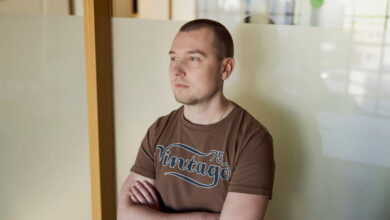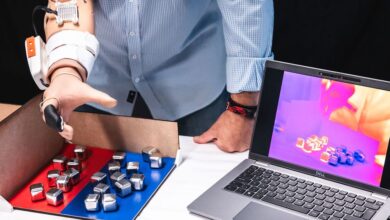The prosthesis is able to replicate the key biological properties of the human hand: natural synergistic and adaptable movement; biomimetic levels of force and speed; high anthropomorphism and grasp robustness. After a training period of less than one week, patients could autonomously use Hannes domestically to perform activities of daily living. Photo Credit: IIT-INAIL
HealthTechnology ItalyThis New Bionic Hand Brings Back 90% of Movements of a Lost “Real” Hand
Italian researchers have developed Hannes, an anthropomorphic, poly-articulated prosthetic hand and wrist that can restore up to 90% of functionality for people who underwent upper-limb amputations.
Helped with orthopaedists, industrial designers and patients, researchers from the Italian Institute of Technology and the Centro Protesi INAIL managed to recreate the key biological characteristics of a human hand: natural synergistic and adaptable movement, biomimetic levels of force and speed, high anthropomorphism and grasp robustness.
The electromyographic sensors used for Hannes can detect the activity of residual limb muscles. Therefore a patient can actively contract them to perform a vast array of movements (like grasping an object in less than one second). Plus, the wrist can perform the key turning movements (like rotating and flexing) and go in different orientations without the patient having to compensate and hurt themselves. After less than a week of training, patients were able to use Hannes for their daily activities.



